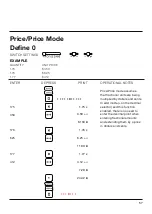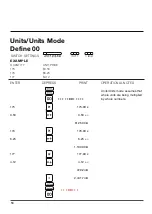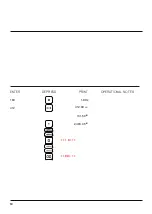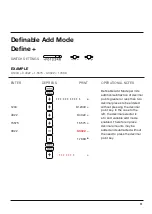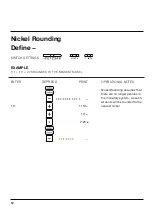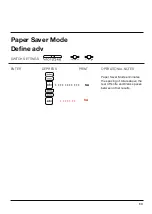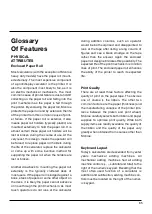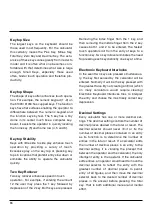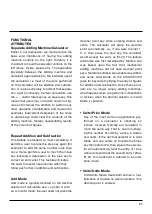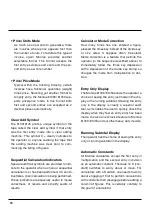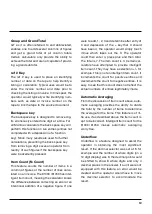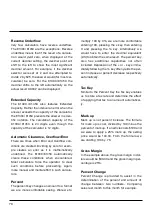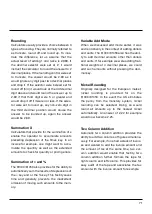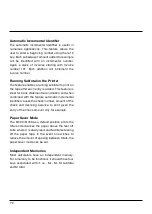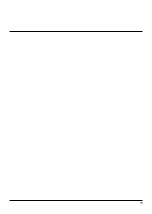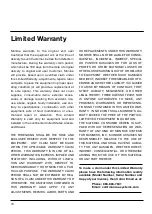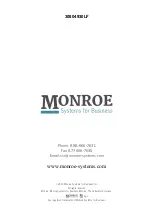
Rounding
Calculators usually provide a choice between 3
types of rounding. They are normally referred to
as truncate, round off and round up. To illus-
trate the difference, let us assume that the
actual result of adding 1.444 twice is 2.888. If
the decimal selector were set at 2, it would
instruct the calculator to round the answer to 2
decimal places. If the rounding control were set
to truncate, the answer would be 2.88 as it
would ignore any digit past two decimal places
and drop it. If the selector were instead set for
round off (5/4) it would look at the 3rd decimal
digit above and would round the answer up to
2.89 if that third digit were 5 or greater and
would drop it off if it were 4 or less. If the selec-
tor were set to round up, any non-zero digit in
the third decimal position would cause the
answer to be rounded up, again the answer
would be 2.89.
Summation X
Calculators that provide for the summation of x
enable the operator to accumulate amounts
preceding depression of the times key. In an
invoice for example, one might want to accu-
mulate the quantity as well as the extended
amounts to check for quantity or pricing errors.
Summation of = and %
The 8130X / 8145X also provides for the ability to
automatically sum the results of depressions of
the = key and or the % key. This facility saves
time and generally prevents the inadvertent
omission of moving such amounts to the mem-
ory.
Variable Add Mode
When we discussed add mode earlier, it was
and is ordinarily in the context of adding dollars
and cents. The 8130X / 8145X also has the abili-
ty to add decimal amounts other than dollars
and cents. If for example we were adding frac-
tional weights at 4 decimal places, we could
add such amounts without pressing the deci-
mal key.
Nickel Rounding
Originally designed for the European market,
nickel rounding is provided for on the
8130X / 8145X. In the event the US eliminates
the penny from the monetary system, nickel
rounding can be selected. Doing so would
round all amounts up to the nearest nickel
automatically. An answer of 2.22 for example
would now become 2.25.
Two Column Addition
Automatic two column addition provides the
ability to add two columns of figures simultane-
ously. For example, if one had a stack of invoic-
es and wanted to add the invoice amount and
the amount of tax at the same time, two col-
umn addition would enable that facility. Two
column addition further formats the tape for
right column and left column. This provides for
easy audit of the tape and associates the tax
amount with the invoice amount for example.
71

